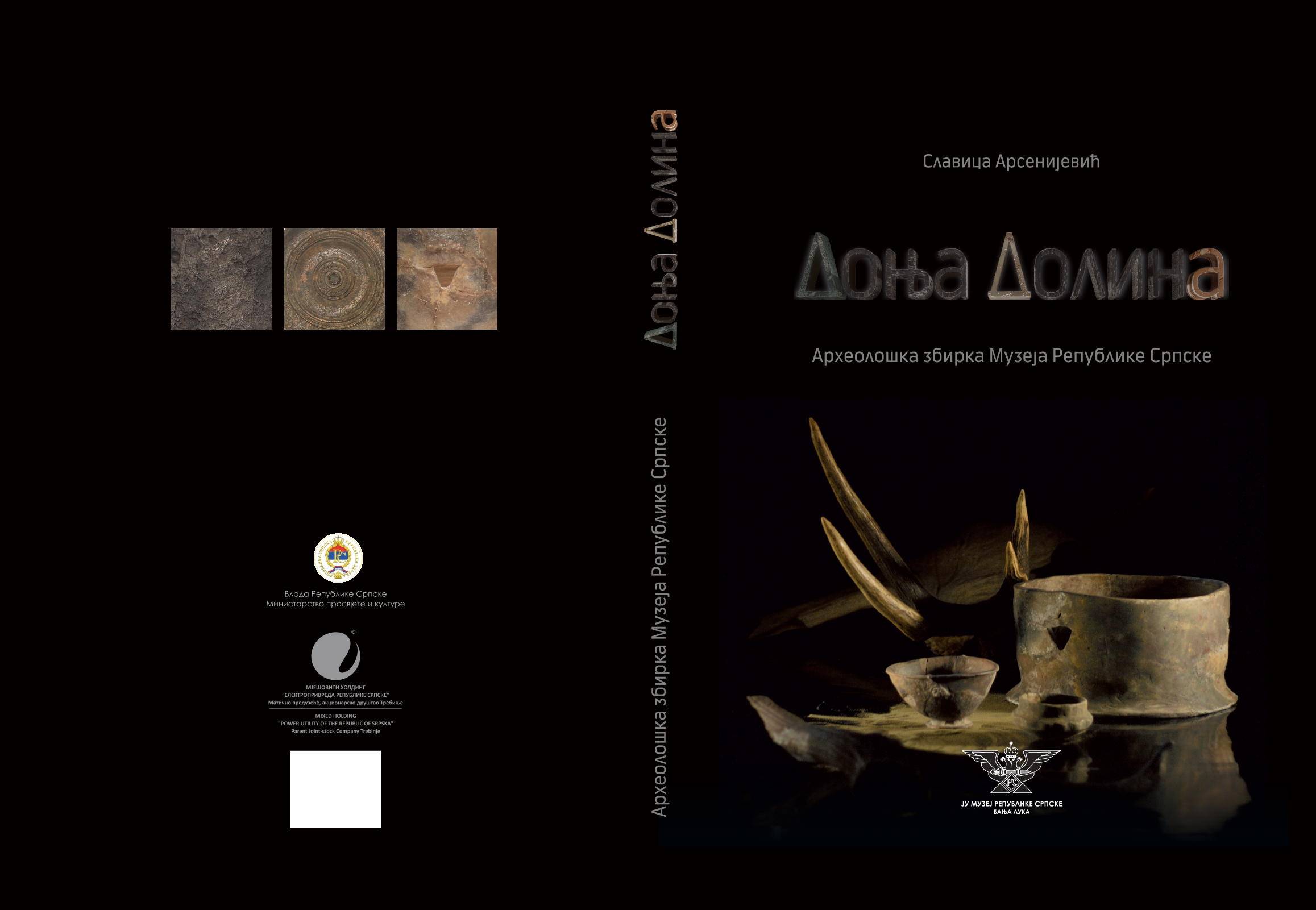Donja Dolina Archeological Collection of the Museum of the Republic of Srpska

It has been 125 years since the first major archeological excavations at Donja Dolina (1899) and 35 years since the last research at this complex site. Today it can be said that the scholarly interest in its chronological potential has not been fully satisfied, since finds from the Early Bronze Age and the Neolithic, recorded beneath the pile-dwelling settlement at Gradina, indicate a much greater antiquity of Donja Dolina than the established one-millennium history - pointing instead to a multi-millennial past.
In 2006, Donja Dolina, as an archeological site of the highest importance, was declared a national monument and entered into the Register of Cultural Monuments of Bosnia and Herzegovina, First Category. It is a complex, multilayered site with remains of an older settlement from the Late Bronze Age in the village of Gornja Dolina, a younger settlement from the Iron Age in Gradina, and a necropolis at Timenička Greda in the village of Donja Dolina. Movable artefacts from the site are today kept in three museums: the National Museum of Bosnia and Herzegovina in Sarajevo, the Museum of the Republic of Srpska in Banja Luka, and the Heritage Museum in Gradiška.
This prehistoric settlement, with confirmed continuity during the Protohistoric period, was probably not conquered by the Celts and survived during the Roman occupation. In the Iron Age it represented an important economic, commercial, transit and cultural centre. Its favourable geographical position contributed to Donja Dolina’s integration into the network of trade routes and centres in the northern Balkans, intensifying its economic and cultural development and enabling its growth into a significant hub - a gathering place for diverse goods and influences from neighbouring regions as well as from more distant areas such as eastern Pannonia, Transylvania, Oltenia, Aegean Macedonia and Greece. In this way Donja Dolina transcended local significance, attaining a regional and supraregional scope - at least on the Balkan level.
This monographic catalogue presents data on the history of archeological research, the site itself, material and spiritual culture and economic development, along with a catalogue of representative finds obtained through excavations carried out by the Museum of Bosanska Krajina from the 1960s to the 1980s. By publishing and presenting to the wider public the movable archeological material from this site - of a one-thousand-year, possibly multi-millennial duration - held in the collection of the Museum of the Republic of Srpska, this publication makes a justified attempt to rescue Donja Dolina from oblivion and to return it from the margins of theoretical archeology to the focus of field research in the near future. This is all the more relevant given that interest in Donja Dolina remains alive today, as evidenced by numerous references to its material in contemporary archeological literature and by its importance in both the narrower and the broader context.
